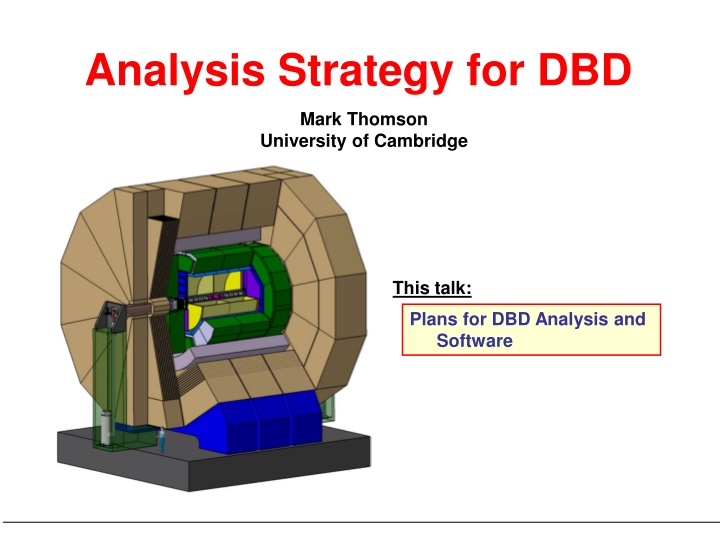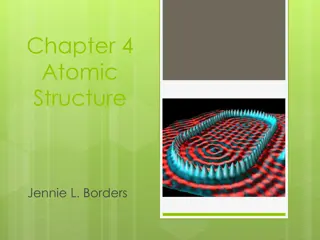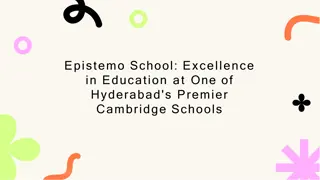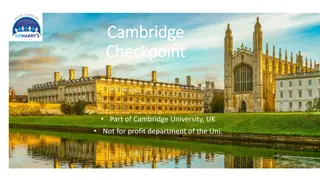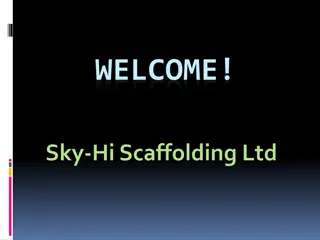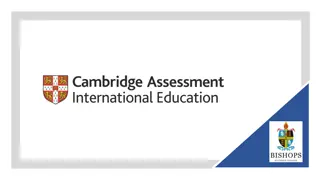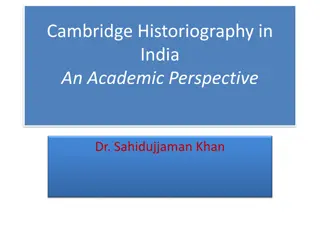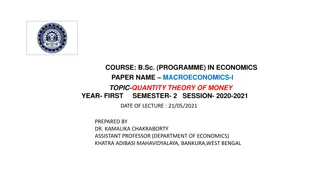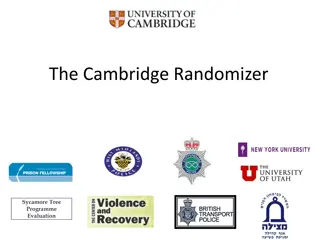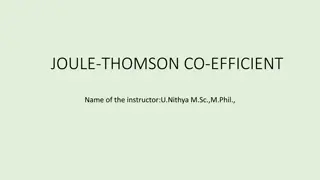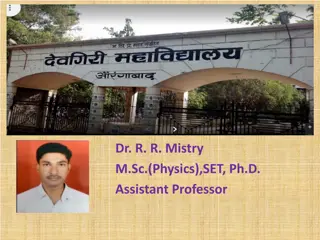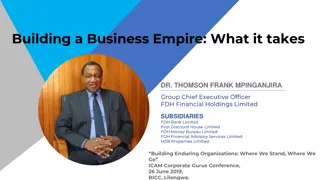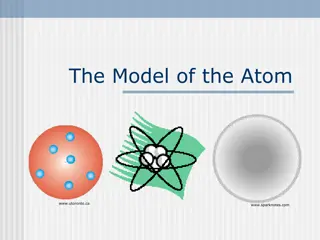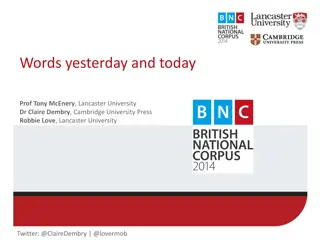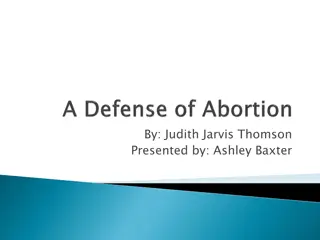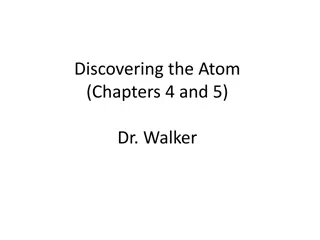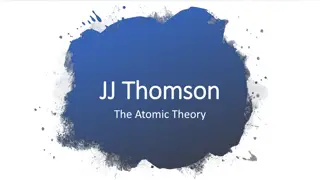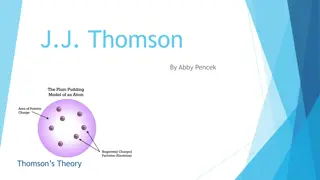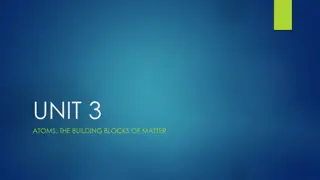Analysis Strategy for DBD by Mark Thomson - University of Cambridge
Mark Thomson from the University of Cambridge presented the analysis strategy for the Dual-Beta Detector (DBD) at the ILD Analysis Meeting in Paris, focusing on software models, reconstruction, and validation plans. The strategy includes goals to ensure required physics analyses, develop software models, and support the study of detector options. Thomson outlined a detailed plan for the DBD phase, emphasizing the need for symmetric treatment of options and commitment to meeting DBD requirements. The presentation also covered the validation of detector models, production of MC samples, and support for PFA development.
Download Presentation

Please find below an Image/Link to download the presentation.
The content on the website is provided AS IS for your information and personal use only. It may not be sold, licensed, or shared on other websites without obtaining consent from the author.If you encounter any issues during the download, it is possible that the publisher has removed the file from their server.
You are allowed to download the files provided on this website for personal or commercial use, subject to the condition that they are used lawfully. All files are the property of their respective owners.
The content on the website is provided AS IS for your information and personal use only. It may not be sold, licensed, or shared on other websites without obtaining consent from the author.
E N D
Presentation Transcript
Analysis Strategy for DBD Mark Thomson University of Cambridge This talk: Plans for DBD Analysis and Software
Context Paris ILD Meeting good discussion of software models for DBD agreement on general principles more symmetric treatment of options commitment of ILD to actively support study of options Immediately after meeting (in caf + on RER) optimisation/analysis convenors discussed this agreed a plan for DBD phase with following goals ensure we have required DBD physics analyses more symmetric treatment of options believe approach will deliver aims with existing resources ILD Analysis Meeting, 1/6/2011 Mark Thomson 1
General Strategy Software models/reconstruction Push forward with validation of simulation and reconstruction of ILD01 model (SiW + AHCAL) evolution of existing software still, validation is non trivial and may take ~6 months Produce MC samples with this model for DBD physics not a full O(50 Million event) SM production Guarantees ILD will meet DBD requirements In parallel Support development of PFA for DHCAL and SciW ECAL ~6 month programme of work Once ILD01 production is safely underway commence validation of full detector models with SDHCAL and SciW ECAL Full comparison of PFA perf. on 500 GeV physics If time allows, in position to redo 1 TeV DBD study ILD Analysis Meeting, 1/6/2011 Mark Thomson 2
Initial 1 TeV Detector Model Mokka model (ILD01) finalize model by LCWS11 need to synchronize with eng. model how/who? ETD: remove ETD ? Not used, no software support SIT, SET, FTD, ETD digitisers: needed if we are to use new drivers currently nobody assigned to this task if no progress made, fallback is to revert to old simple drivers [deadline LCWS11] More minor issues: support structures for SIT/FTD who? flatten FTD geometry Major hole: silicon trackers ILD Analysis Meeting, 1/6/2011 Mark Thomson 3
ILD01 Reconstruction Tracking Ideally we would replace LEPTracking CluPatra ? SiliconTracking ? FullLDCTracking Need to ensure consistent use of KalTest ! Forward Tracking Ideally we would like stereo strip reco. for FTD Without this ILD has no background study for FTD Who? Vienna expressed interest Strategy Frank/Steve to develop full strategy Review progress at time of LCWS11 Fallback is to use current software ILD Analysis Meeting, 1/6/2011 Mark Thomson 4
ILD01 Reconstruction cont. LCFIVertex Interesting ideas from Taikan/Tomohiko et al., e.g. new variables (leptons, ) vertex based input to jet finding Need to be fully incorporated into Marlin not entirely trivial particularly interface with jet finders ILD Analysis Meeting, 1/6/2011 Mark Thomson 5
Initial MC Production Aim to start MC production with ILD01 end 2011/start 2012 Focus on needs of benchmark analysis aim for a few million events per study i.e. not a full SM production MC Samples to be defined by people doing analysis including any preselection cuts Need to identify analysis groups asap. ttH - KEK vvH - Ono(?) + ? WW - ? ZHH ZHH WG ILD Analysis Meeting, 1/6/2011 Mark Thomson 6
DHCAL / SciW ECAL Need to integrate complete Detector drivers into Mokka Require fixing loose ends, e.g. SDHCAL endcaps digitisation services (level of detail similar to current models) Needs to be done in coordination with core software group very willing to provide support Timescales Mokka: similar to ILD01, i.e. models fully debugged by LCWS11 this is essential for development of reconstruction Reco: first results for LCWS11 Reco: complete validated reconstruction by end of year ILD Analysis Meeting, 1/6/2011 Mark Thomson 7
Physics at 500 GeV DBD benchmarks are not ideal for comparing models We have been asked to redo LoI analysis with new more realistic detector models Propose we choice one or two channels which are sensitive to PFA ttbar SUSY pt5 (or successor) Perform 500 GeV analyses with three ILD variants AHCAL + SiW ECAL SDHCAL + SiW ECAL AHCAL + SciW ECAL Again limit production to main backgrounds (WW, ZZ) ILD Analysis Meeting, 1/6/2011 Mark Thomson 8
Advantages of Strategy Proceed with 1 TeV DBD analyses based on known detector model/reconstruction as fast as possible Get the results in the bank Do not plan to expend vast resources on mass production In parallel develop tools for SDHCAL and SciW mainly different people full support of core software + reco experts Understand impact of ILD variants using the appropriate 500 GeV analyses i.e. demonstrate performance in full sim. allow comparison in DBD (if wanted) If time allows, could replace 1 TeV DBD analysis with variants once the DSTs exist should be quick ILD Analysis Meeting, 1/6/2011 Mark Thomson 9
Believe this is an effective way forward Delivers DBD Delivers full integration of ILD variants into ILD sim/reco/physics framework If agreeable to ILD we can flesh out this new plan Comments ILD Analysis Meeting, 1/6/2011 Mark Thomson 10
